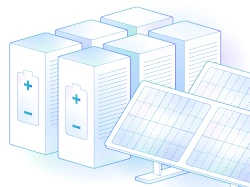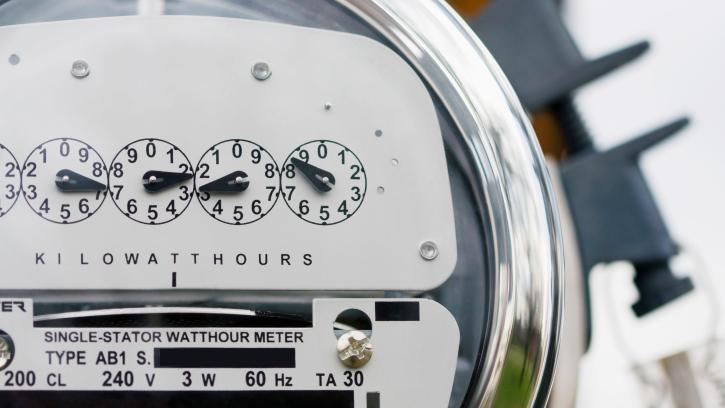IMPORTANT MONTHLY UPDATES & ANNOUNCEMENTS
This quarter we’re answering some questions about our new NEM Programs, as well as proposed Avoided Cost Calculator (ACC) values, Massachusetts Net Metering (NEM) revisions, California Investor-Owned Utility (IOU) updates, and our quarterly numbers.
NEM Programs and Webinar Q&A
We recently released our NEM Programs feature that allows ETB Developer users to easily select pre-configured net metering or net billing programs in the Energy Use Profile.
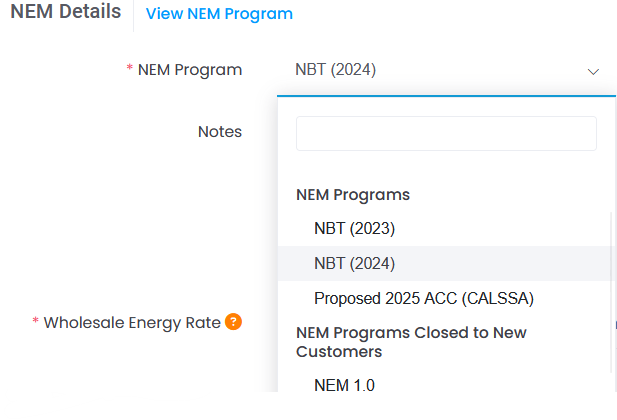
These programs help save users time, and their accuracy is guaranteed thanks to our incredible Utility Rates Team that creates and maintains these programs.
We hosted a Utility Rates Training webinar in October with an emphasis on explaining NEM Programs and answering any questions from our users. Here are the most common questions we received regarding this new feature:
1. Can we still configure the net metering or net billing options ourselves?
Certainly. Users can still manually configure these options by clicking the “Custom Configuration” button beneath the NEM Program selection.

2. Do these programs include hourly export credits?
Yes, if applicable. We include any hourly export credits in a “NEM Schedule” that is attached to a NEM Program. The NEM Schedule can be viewed by clicking “View NEM Program.”
3. How do we model NEM 3.0 for California clients with these NEM Programs?
Simply select the standard version of a California utility then select a NBT (Net Billing Tariff) program to model NEM 3.0 scenarios.
4. What does this mean for NEM 3.0 utilities in the ETB Developer database?
Thanks to the NEM Programs feature, these utilities are no longer needed. The NEM 3.0 utilities will be merged with their standard versions, and their rate schedules will not be updated.
5. Can we model rate switches using NEM Programs?
Yes, it is now easier to model rate switches with NEM Programs. You simply select “Add Rate Switch” in your Proposal, select a NEM Program for the rate switch, then you’re good to go.
Proposed CALSSA Energy Export Credits
One of the benefits of NEM Programs is that they enable our users to quickly and easily model the impact of policy changes. A good example of this is the addition of a NEM Program called “Proposed 2025 ACC (CALSSA).”
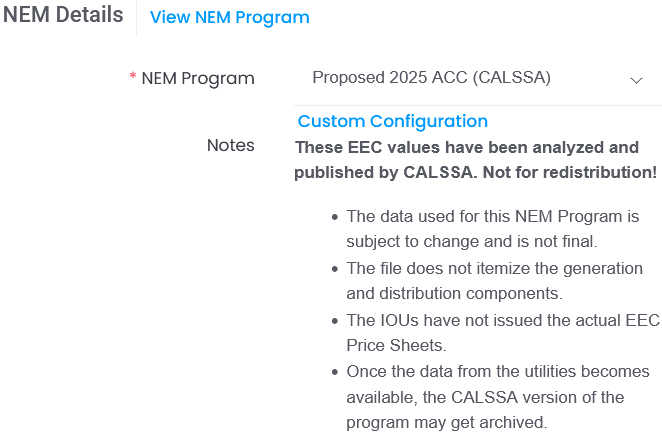
This is an optional NEM Program that includes energy export credits analyzed and published by the California Solar & Storage Association (CALSSA). These export credits are our best estimate as to what the yet-to-be-released values will be from the California Public Utility Commission (CPUC). Typically, the CPUC releases their proposed export rates, then the utilities verify the values before they are approved. As of now, nothing has been approved, and because this process could take a long time, we want our users to have access to the best estimates possible while we wait for the finalized values. Therefore, this NEM Program will be available until the utilities verify the new ACC values put forward by the CPUC.
We’re always looking for ways to give our users an edge. Try out a 14-Day Free Trial to get access to this feature as well as our vast ETB Developer rate database and financial analysis tools!
Massachusetts's Net Metering Revisions
Many ETB users were concerned by the appearance of a seemingly new line item called the Net Metering Recovery Surcharge (NMRS) on customer bills. As it turns out, this isn’t a new line item but rather a restructuring of the total distribution charge to remove the NMRS from the calculation of NEM credits and make it its own line item.
Earlier this year, the Department of Public Utilities issued an order that revised the state’s NEM rules and regulations to improve transparency, reduce costs associated with the NEM program, and expand the base of potential solar customers. These revisions include the following:
- Municipal or state-owned facilities that generate 60 kilowatts (kW) or less can now qualify under the public cap of the Net Metering Program.
- New ability to transfer net metering credits from certain net metering facilities served by one utility to customers of a different Massachusetts electric distribution company (EDC).
- Exempts facilities that serve on-site load and are larger than 60 kW and less than or equal to 2,000 kW (if private) or 10,000 kW (if public) from the net metering caps (for example commercial rooftop or adjacent parking lot canopy).
- Changes to the treatment of the Net Metering Recovery Surcharge (NMRS) to reduce costs of the program to ratepayers.
Our ETB Developers users can rest assured that we are accurately accounting for these changes in our NEM Programs and our Massachusetts’s rate schedules.
California IOU Updates
PG&E, SCE, and San Diego Gas & Electric (SDG&E) all updated this October (PG&E also updated in September). In total, our Utility Rates Team updated 285 rate schedules in ETB Developer for the California IOUs following their updates this month. Here are the quick facts about the impact of these updates for each IOU:
PG&E:
- The September update resulted in a 0.7% increase to the system average bundled rates (SAR) and a 1.2% increase to Direct Access (DA) and Community Choice Aggregation (CCA) customers.
- The October update resulted in a 2.9% increase to the SAR and a 4.9% increase to DA and CCA customers.
- Overall, PG&E rates increased by 3.6% and 6.1% for the SAR and DA/CCA rates respectively.
- These increases follow the roughly 9.4% decrease to the SAR back in July of this year.
SCE:
- The California Public Utility Commission authorized changes to SCE’s revenue requirements. The overall effect is a decrease in revenue from Generation and Transmission rate components but a slight increase in revenue from Distribution components.
- The overall result is a 2.7% decrease to the SAR.
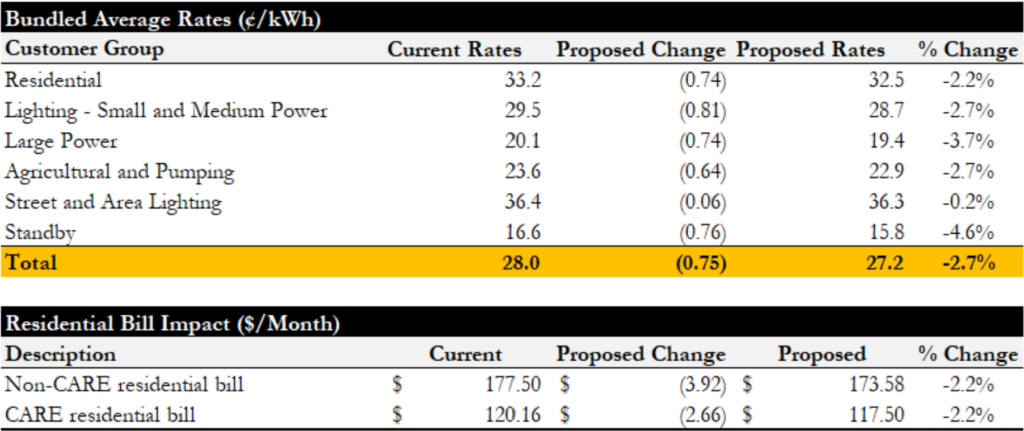
SDG&E
- SDG&E’s total SAR increased by 0.6%.
- This minor increase is designed to recover emergency-related costs incurred from 2014 to 2022.

3rd Quarter Numbers
Our utility rates team enjoys sharing our progress with ETB users because much of it comes from user requests. Every utility and rate we add signifies expanding opportunities for solar and energy storage, and we think that is pretty neat! We quantify our Q3 successes below:
- New global rates added: 247
- Updated global rates: 1512
- New utilities added: 23
- 17 unique states
- 3 in Texas
- 2 in Alaska
- 1 unique country
- South Africa (we now have 40 utilities here!)
- 17 unique states
